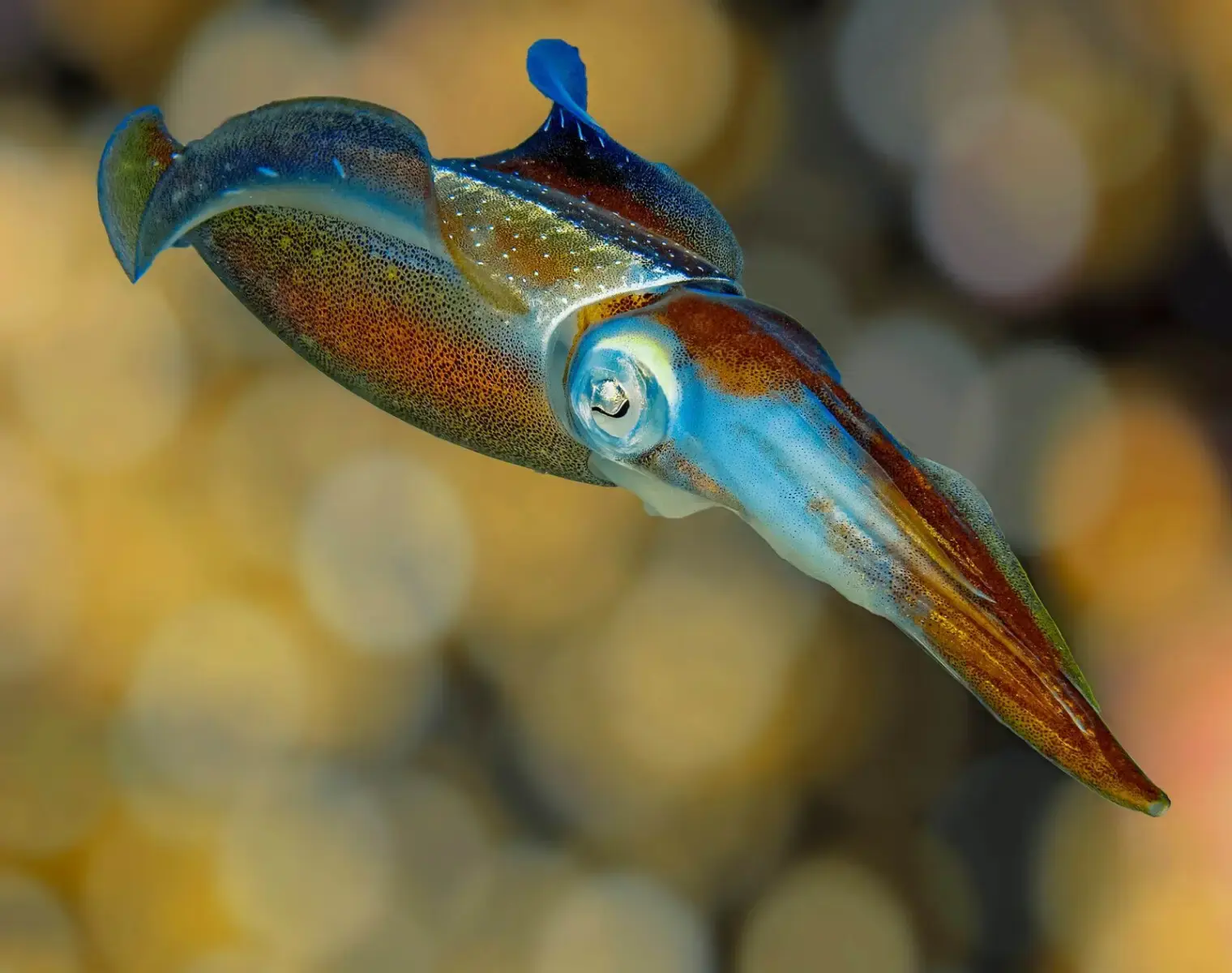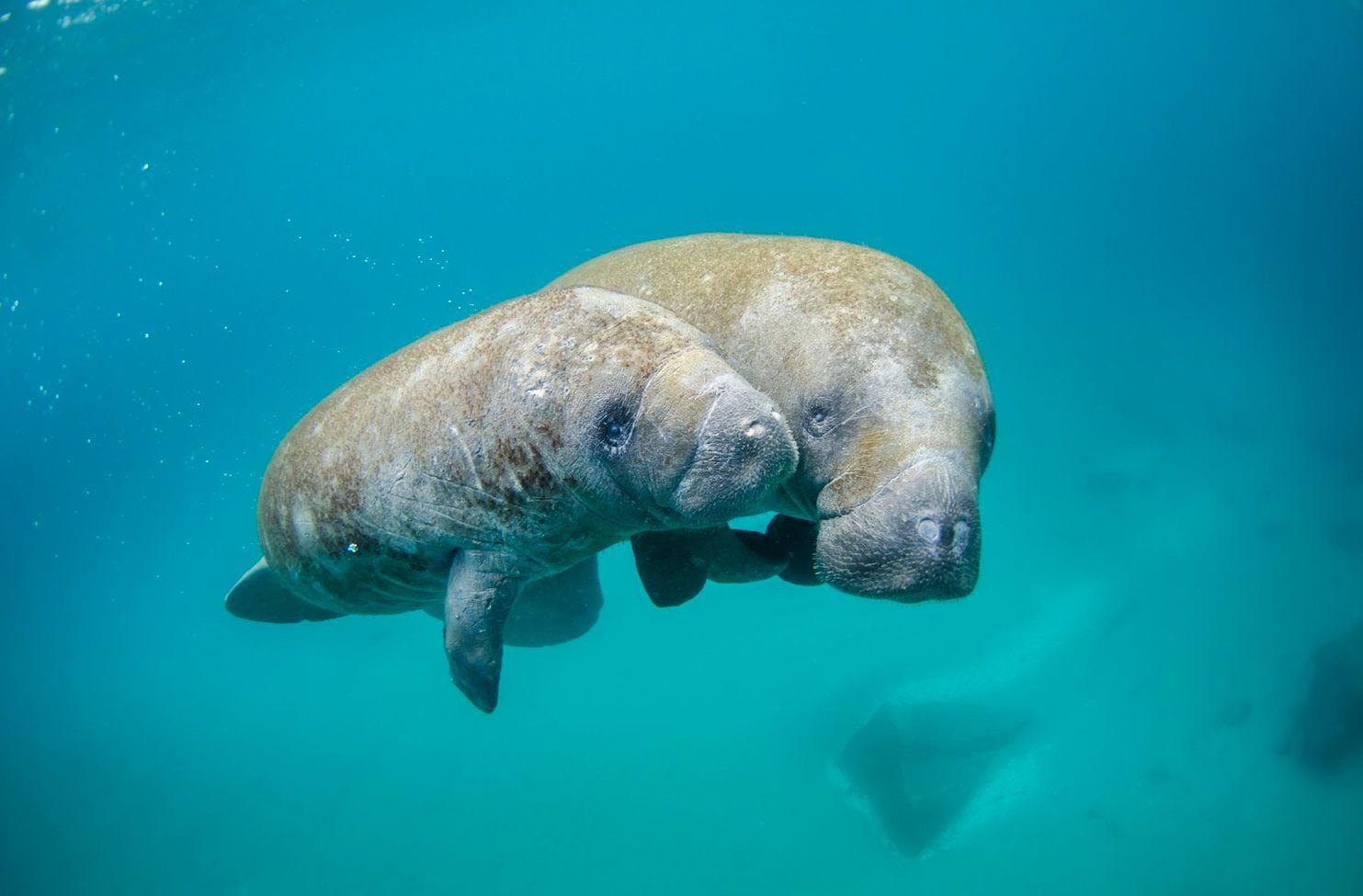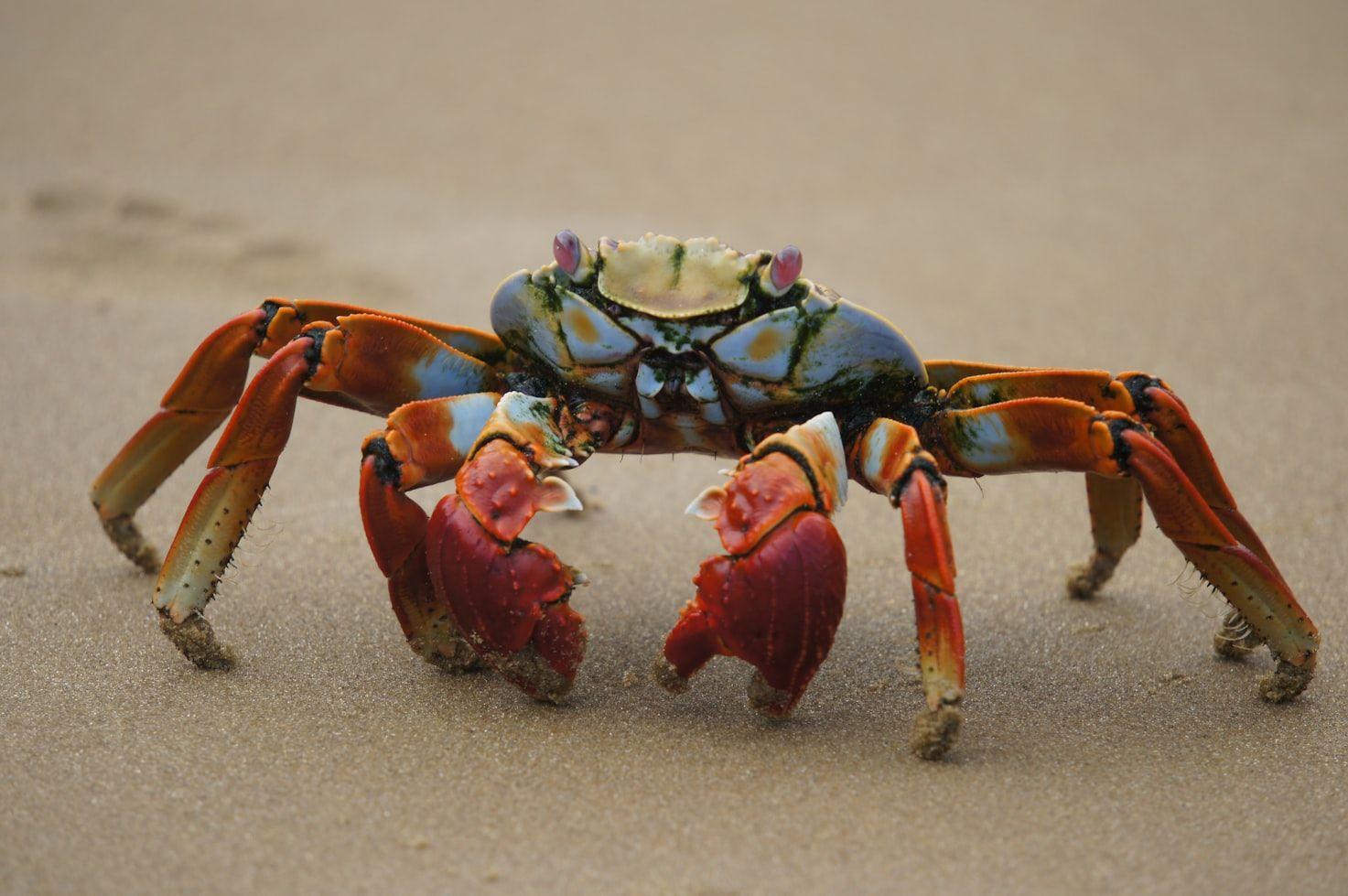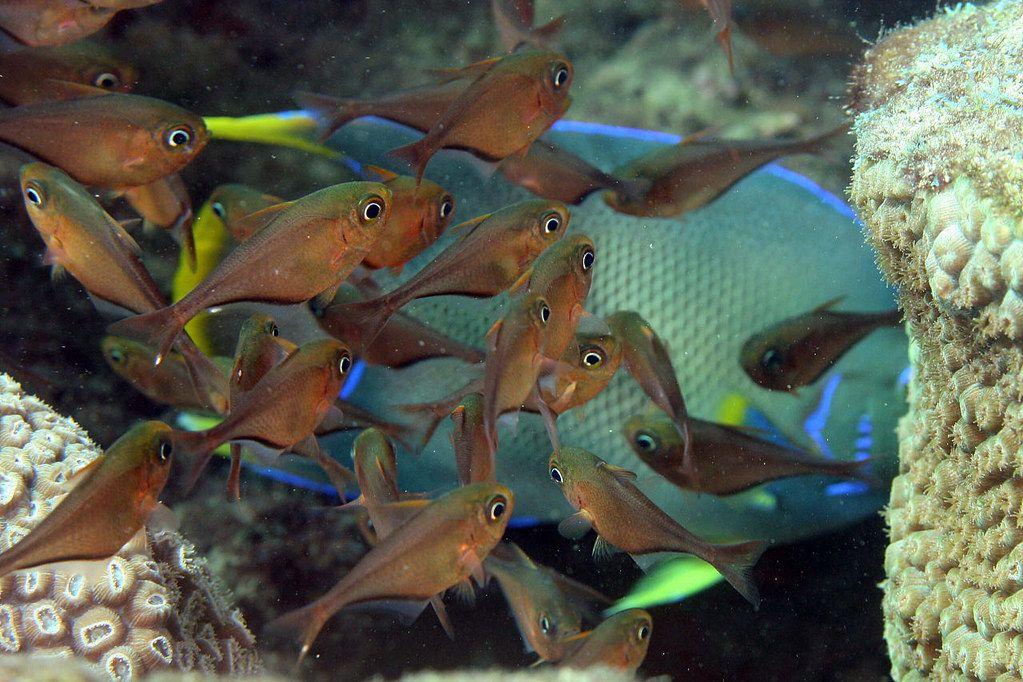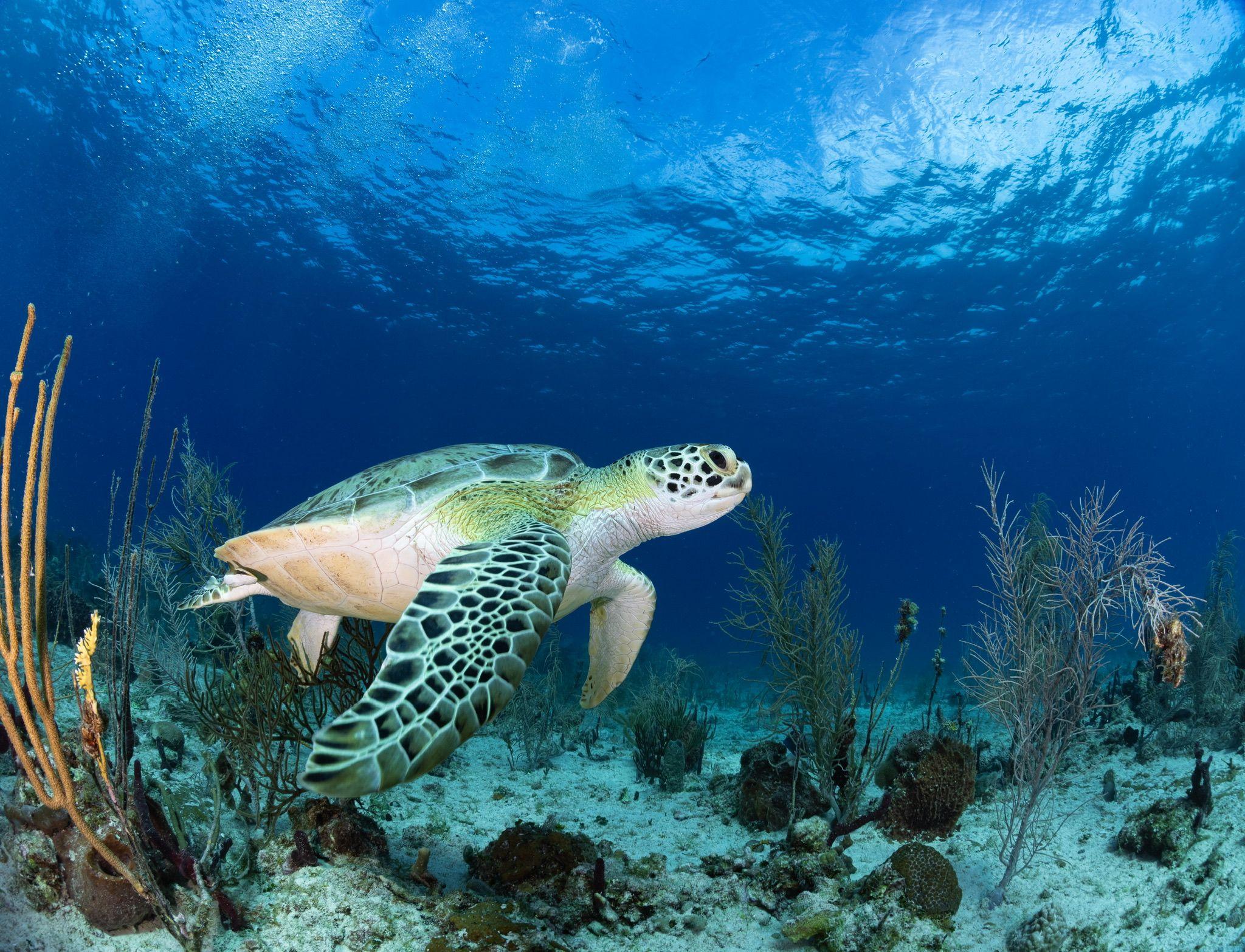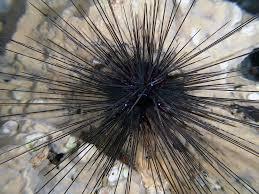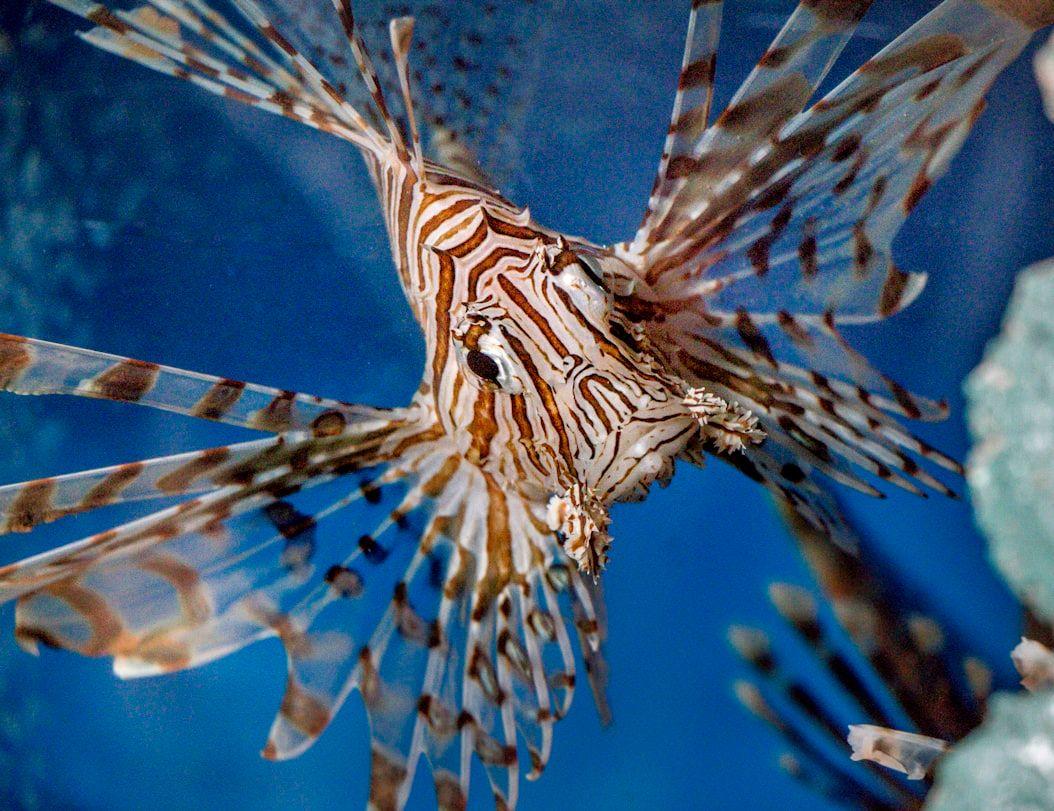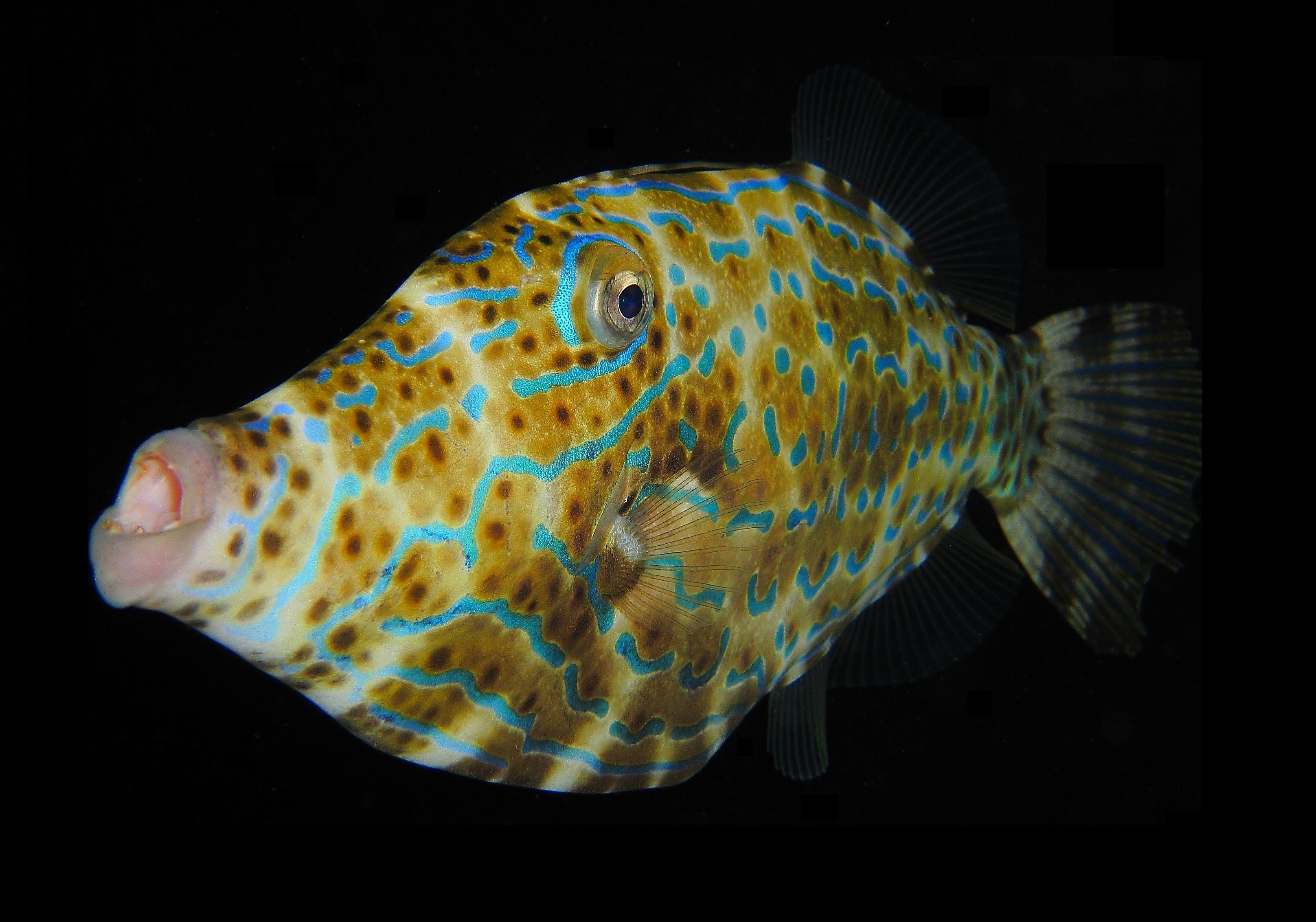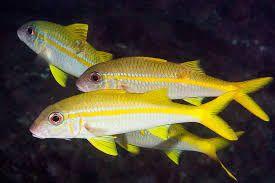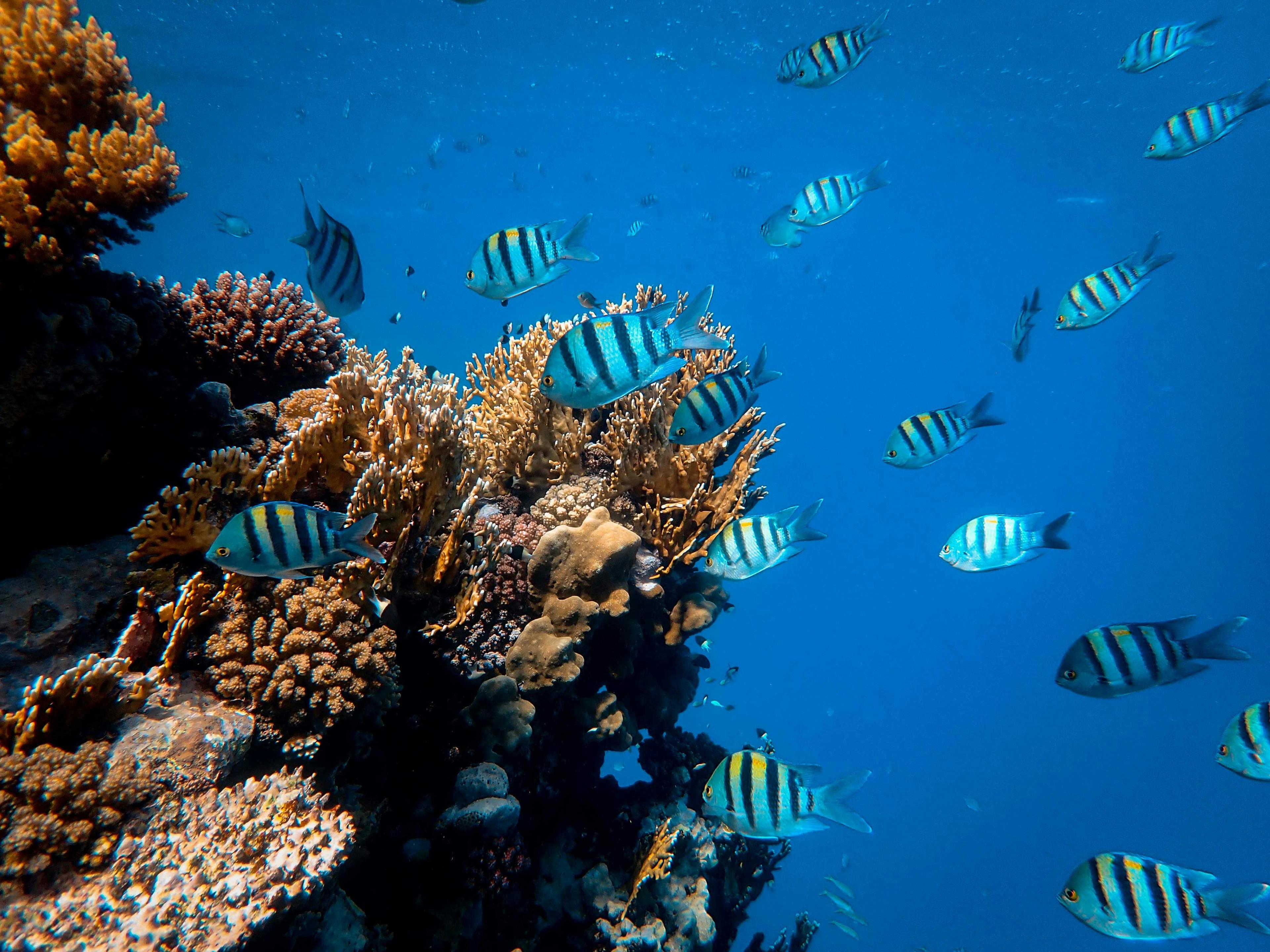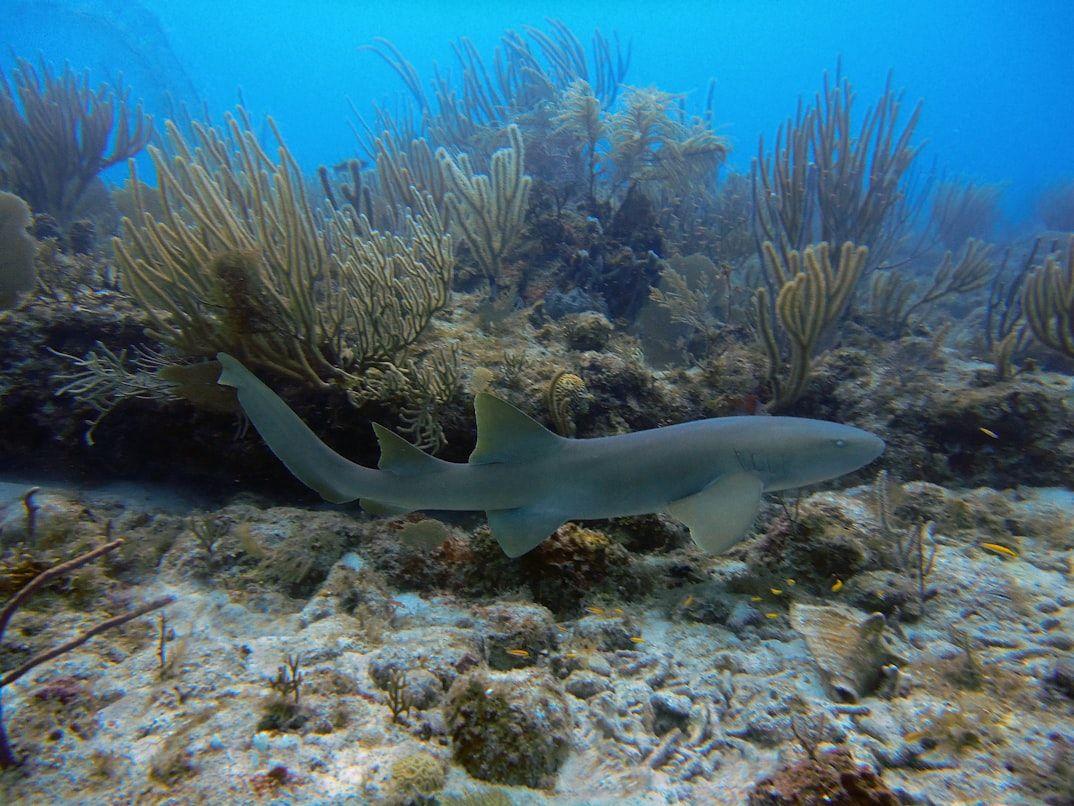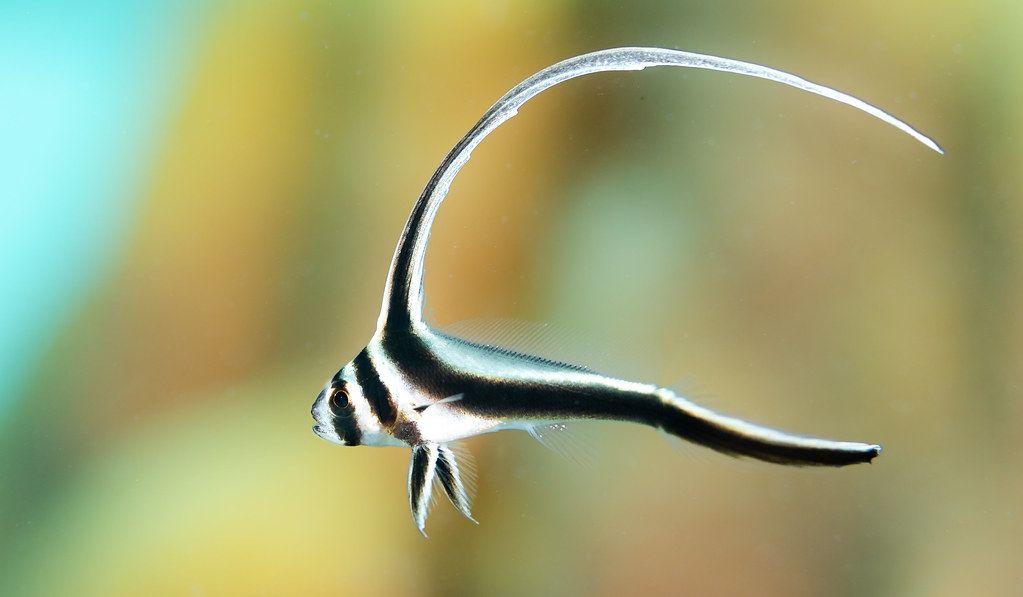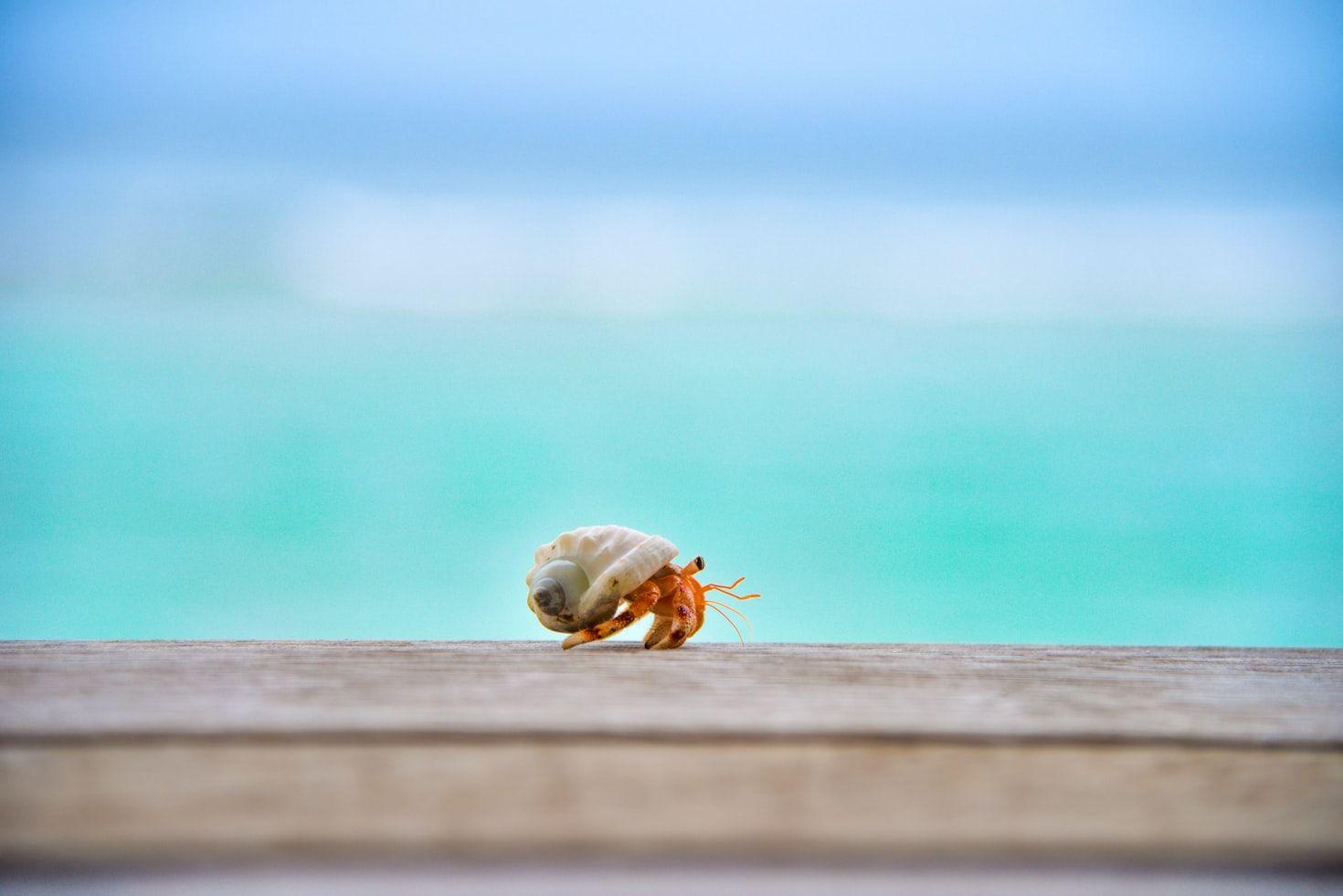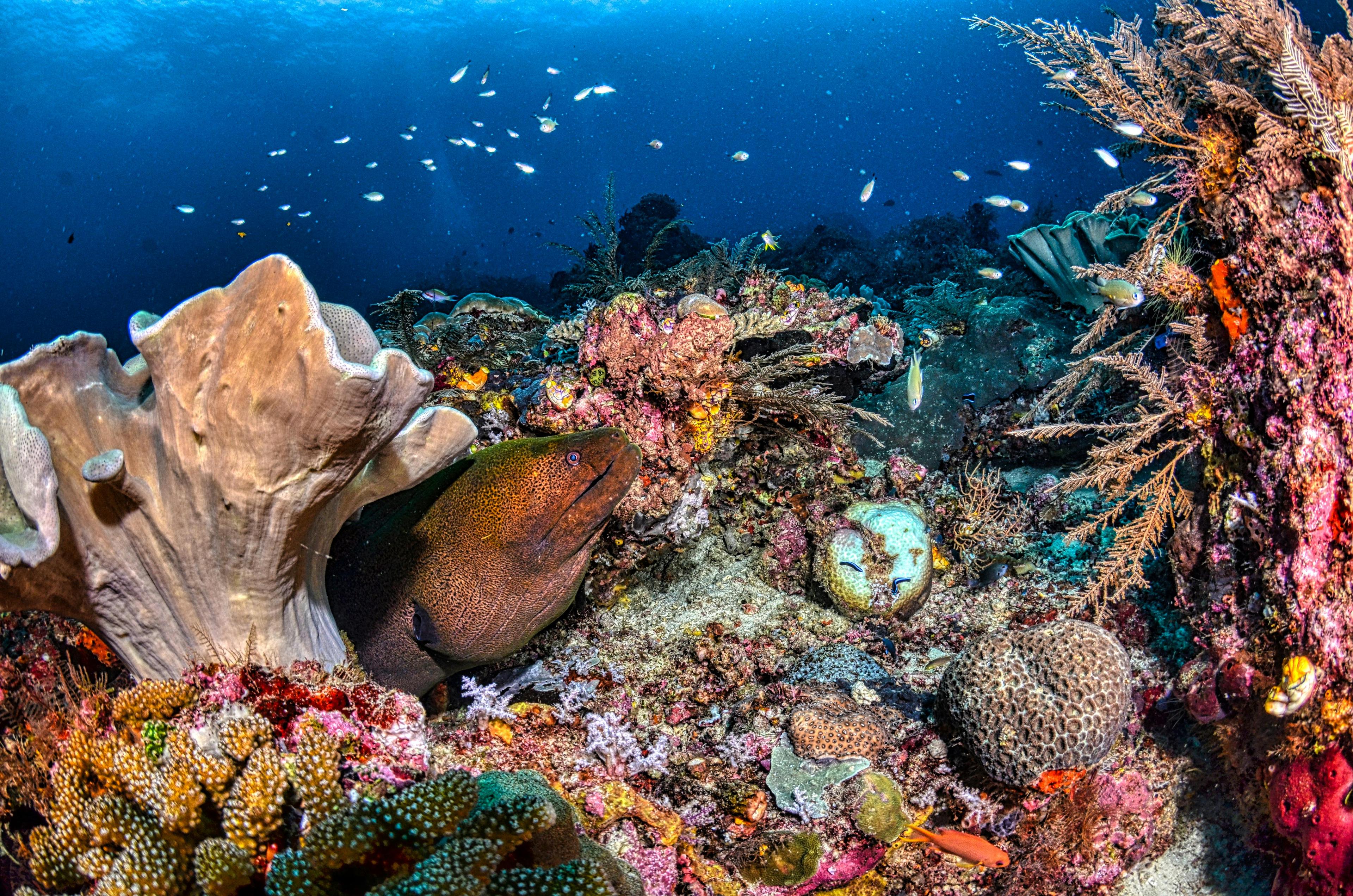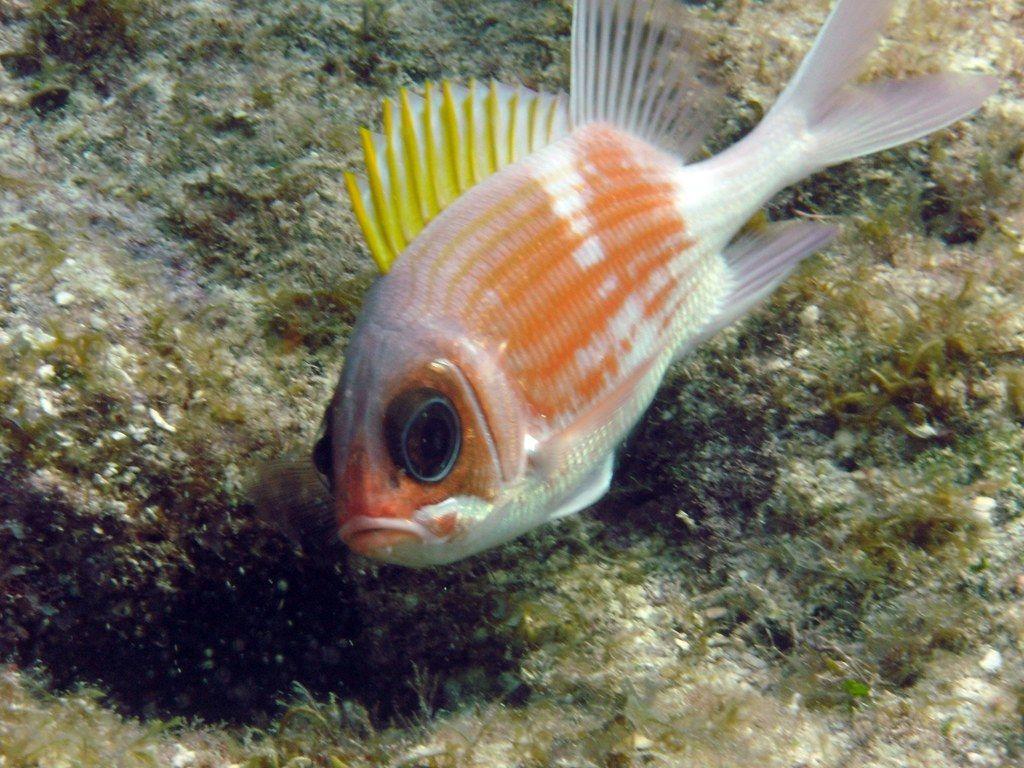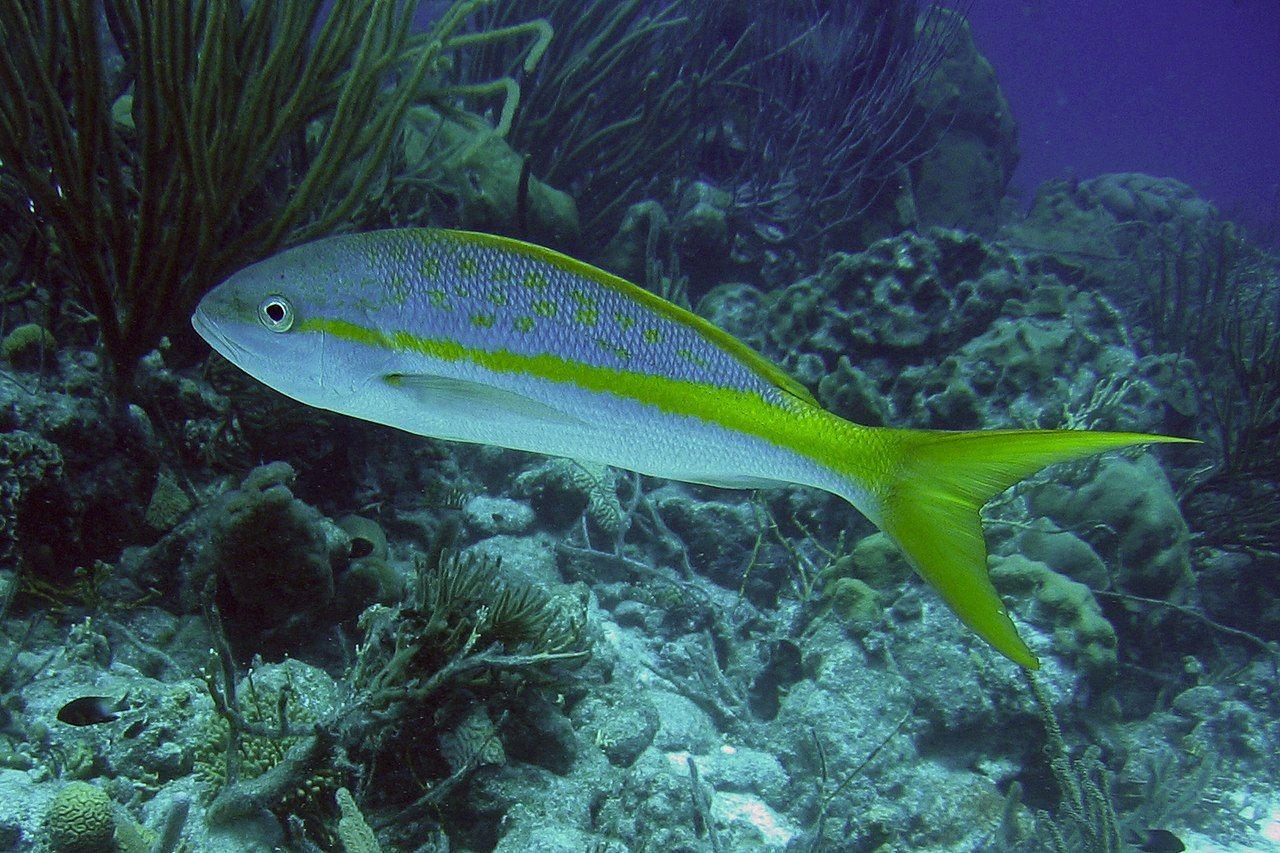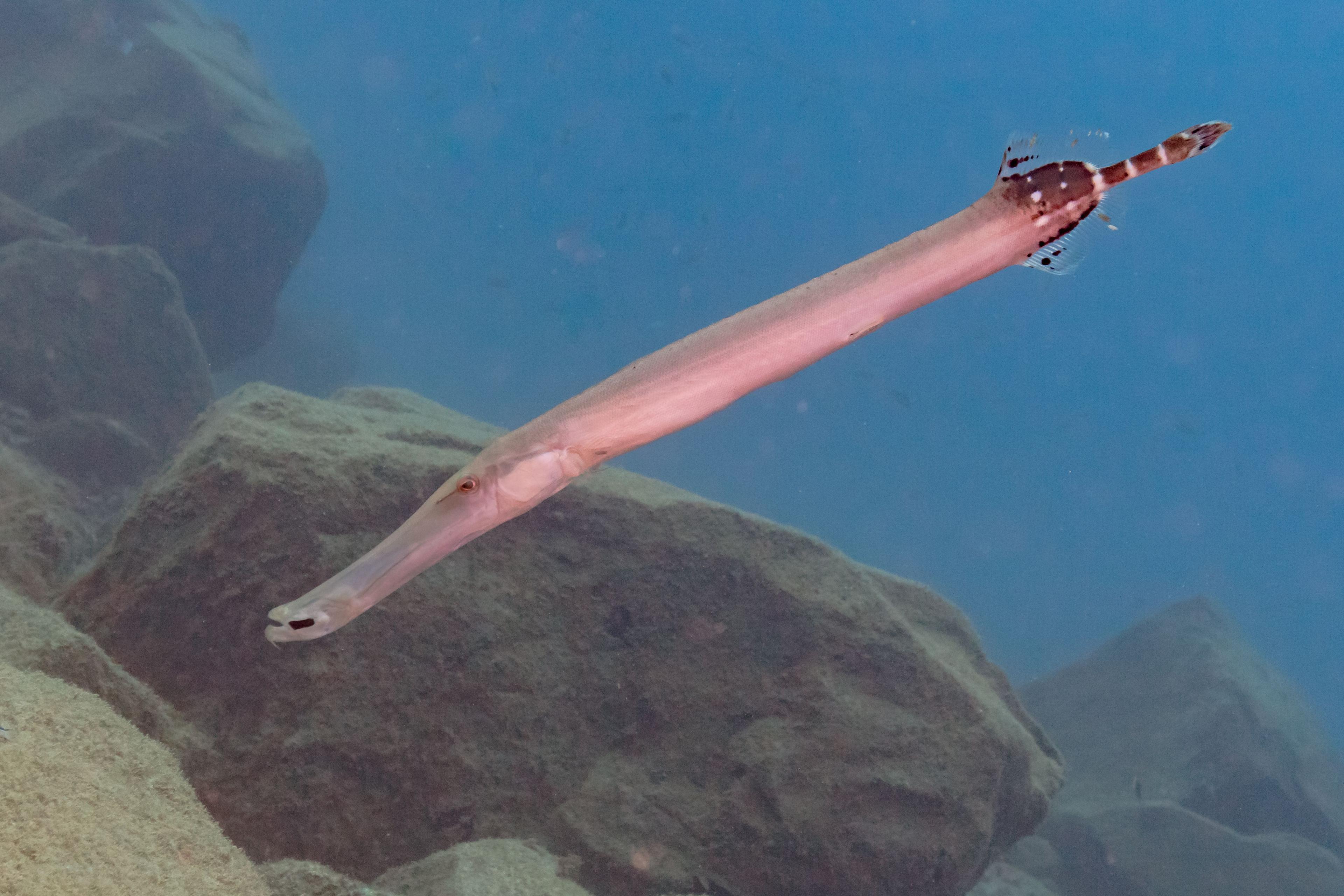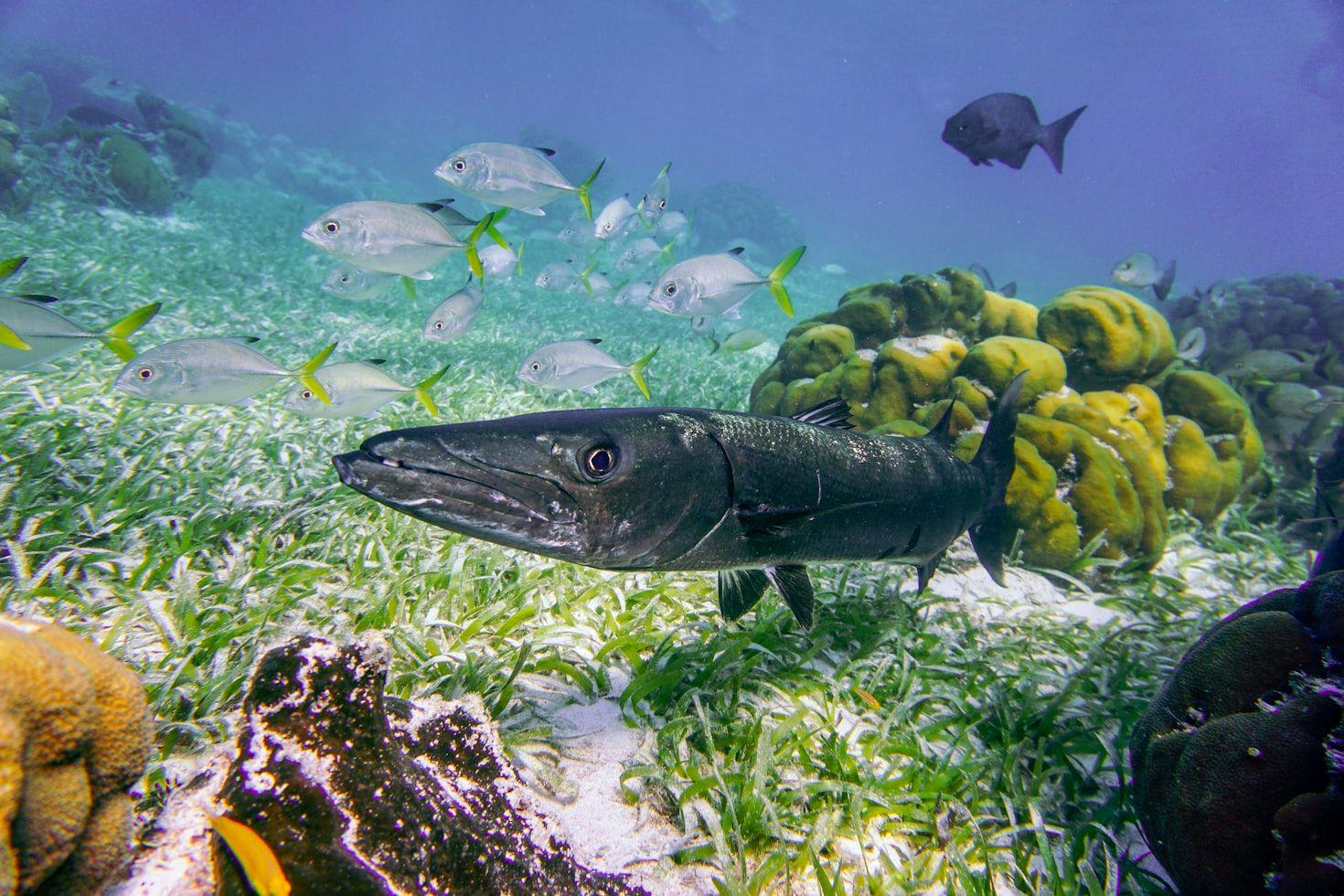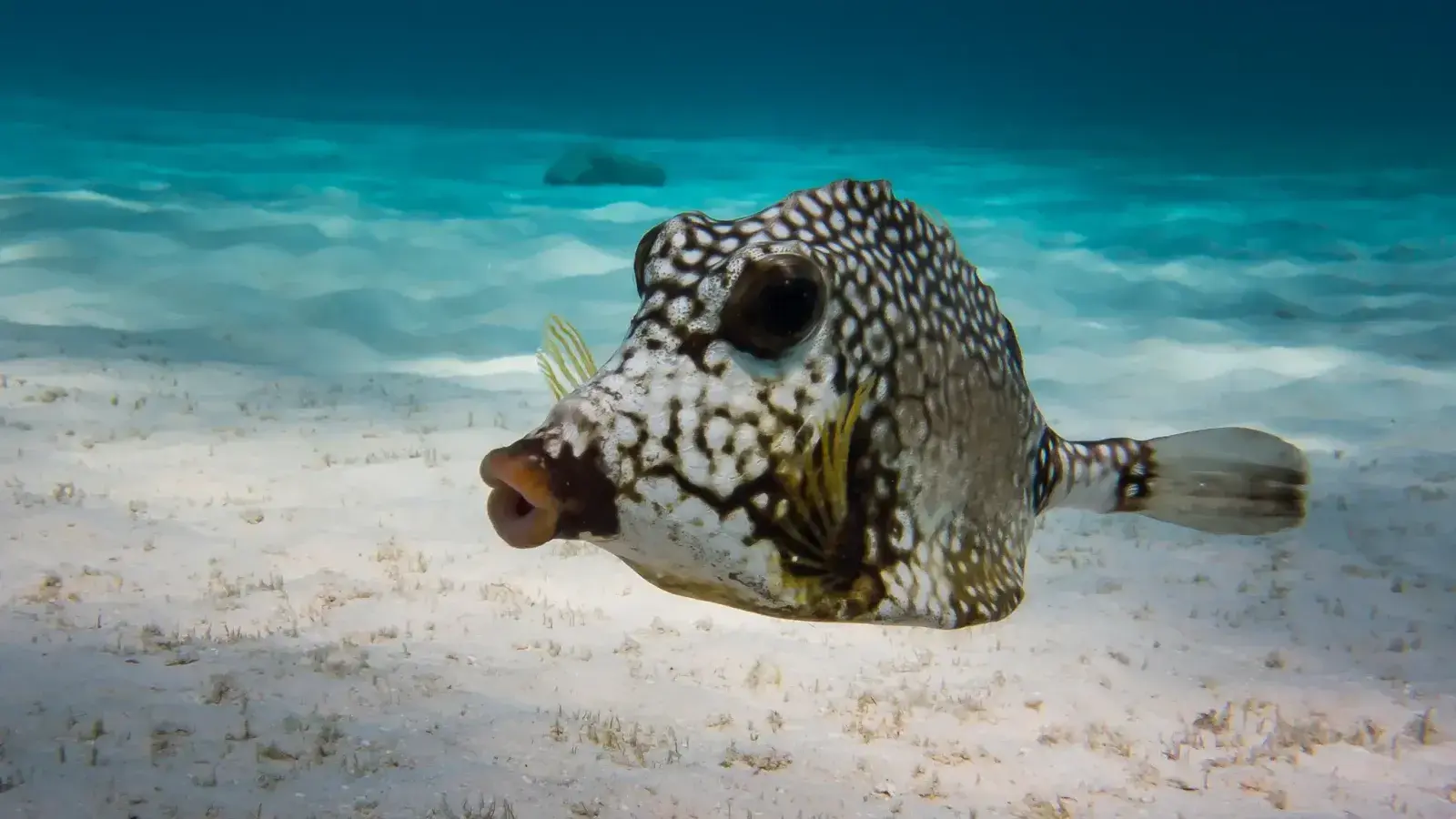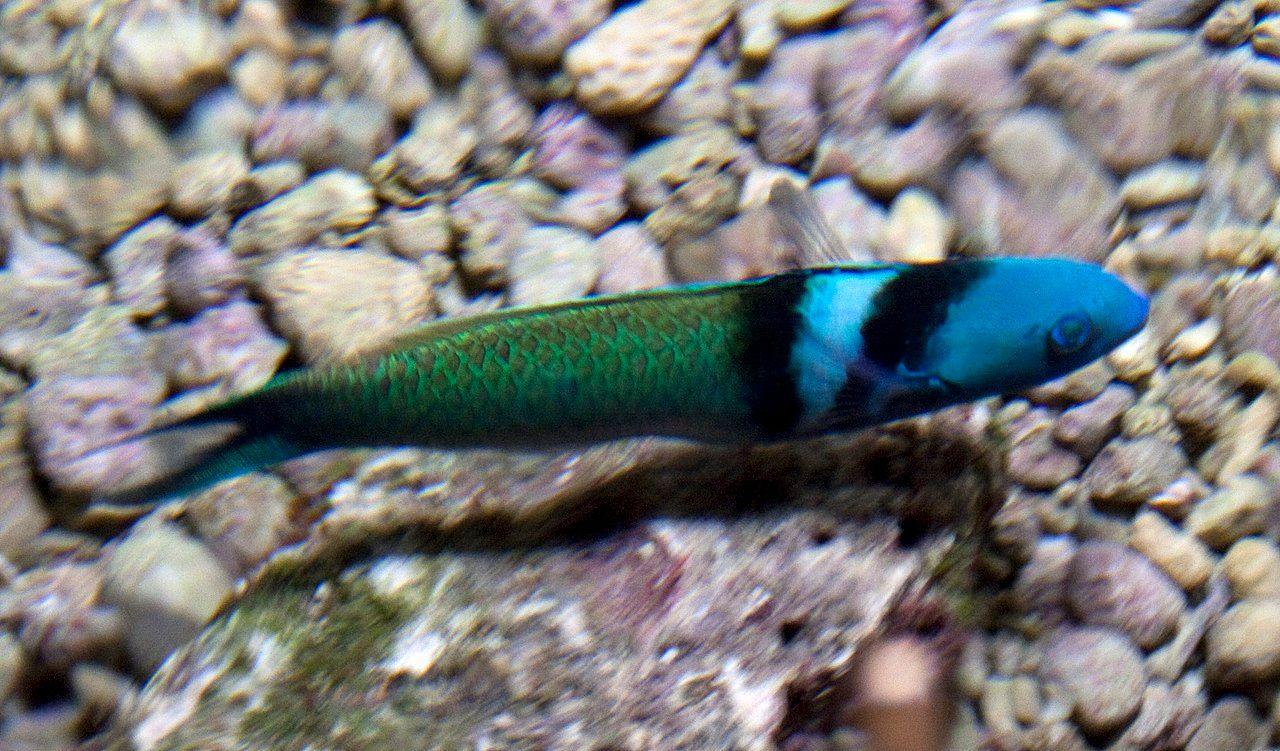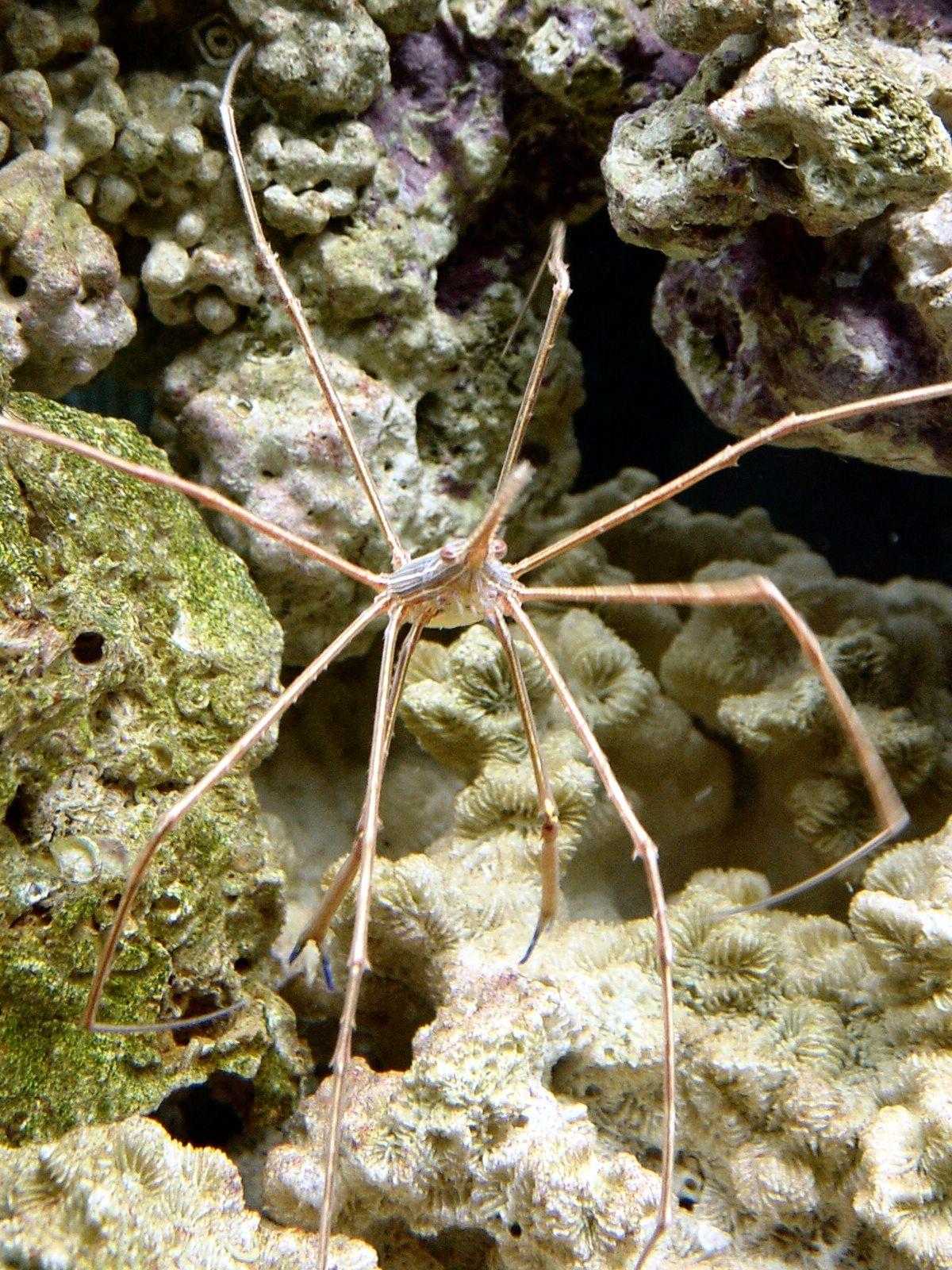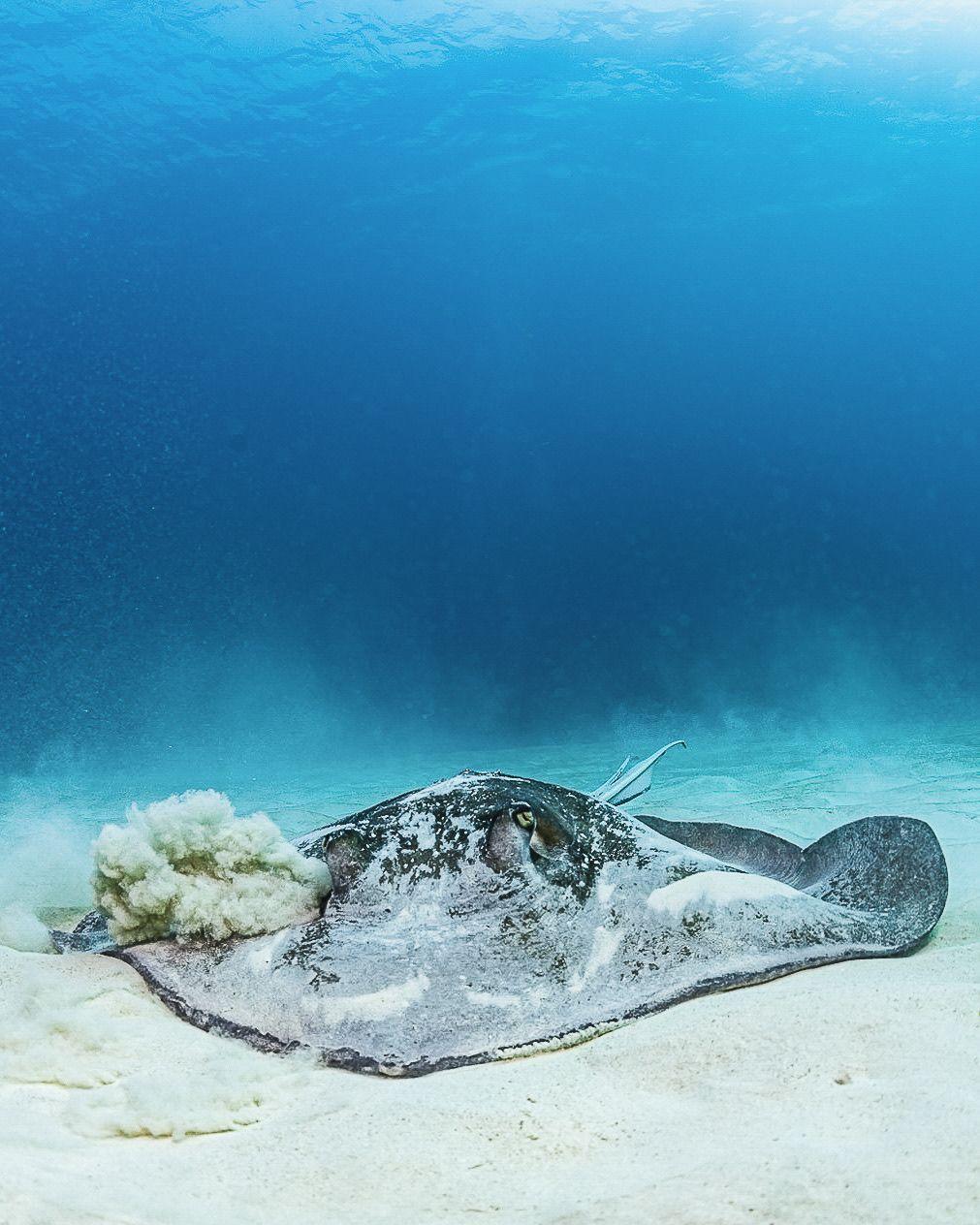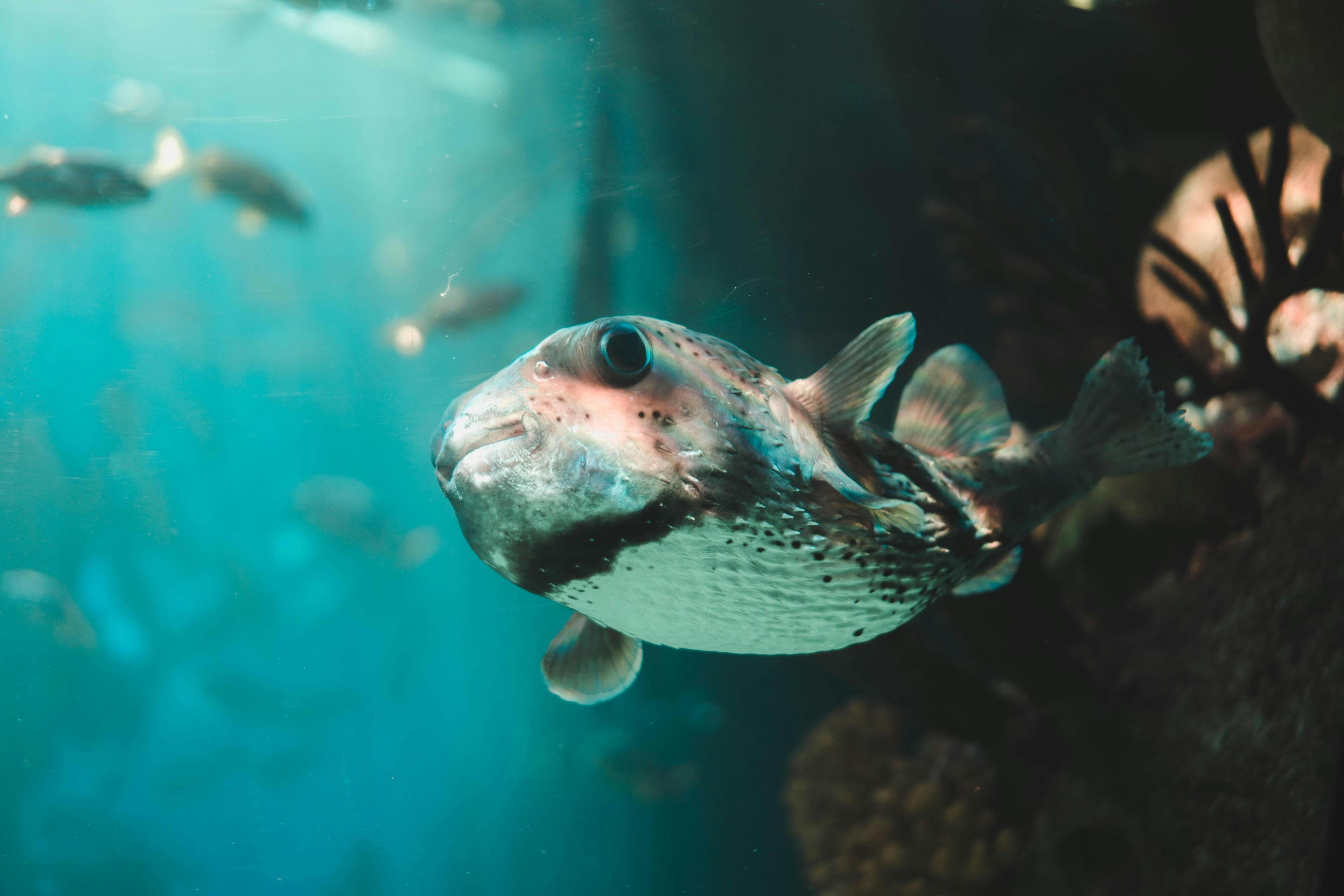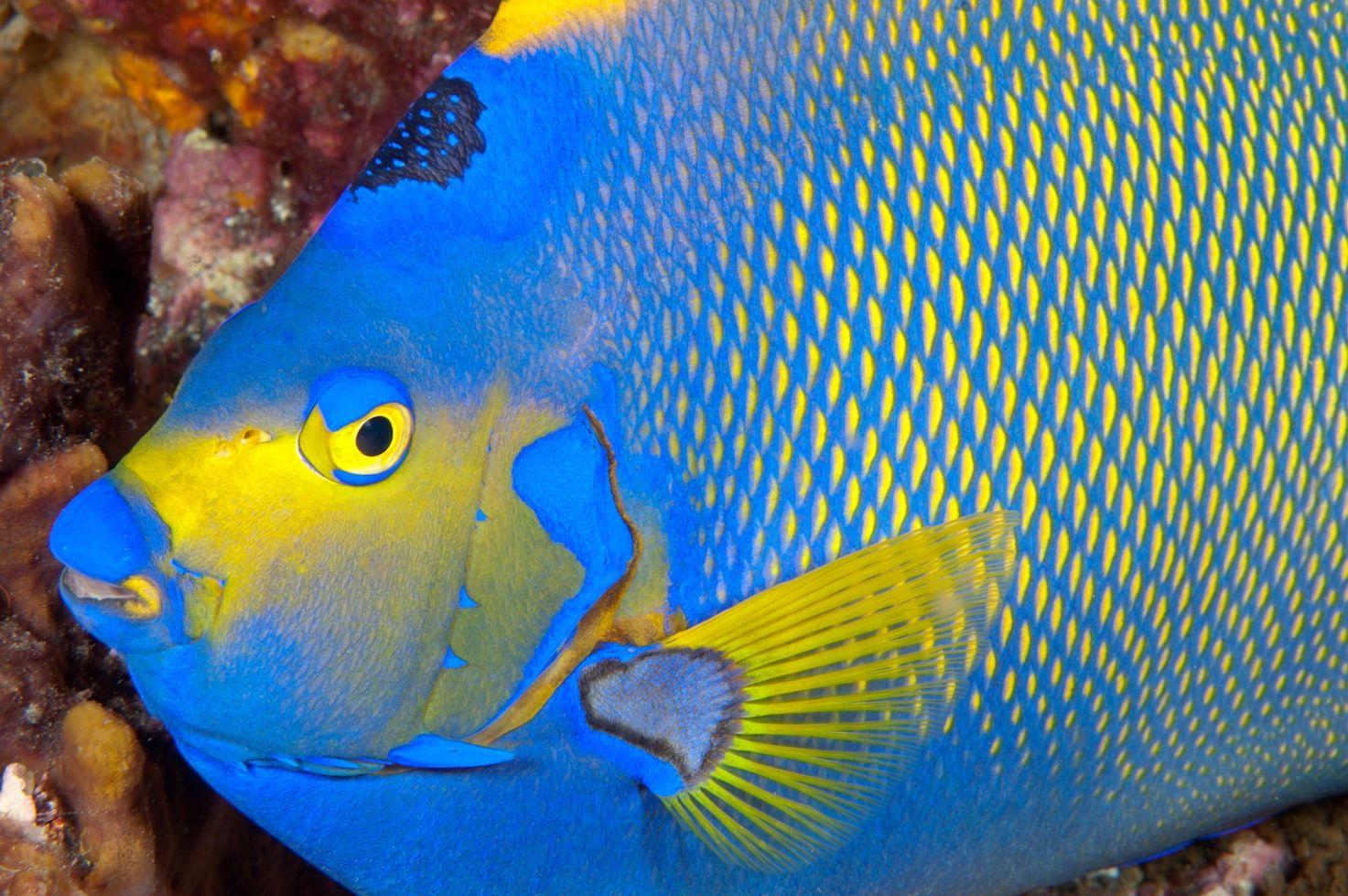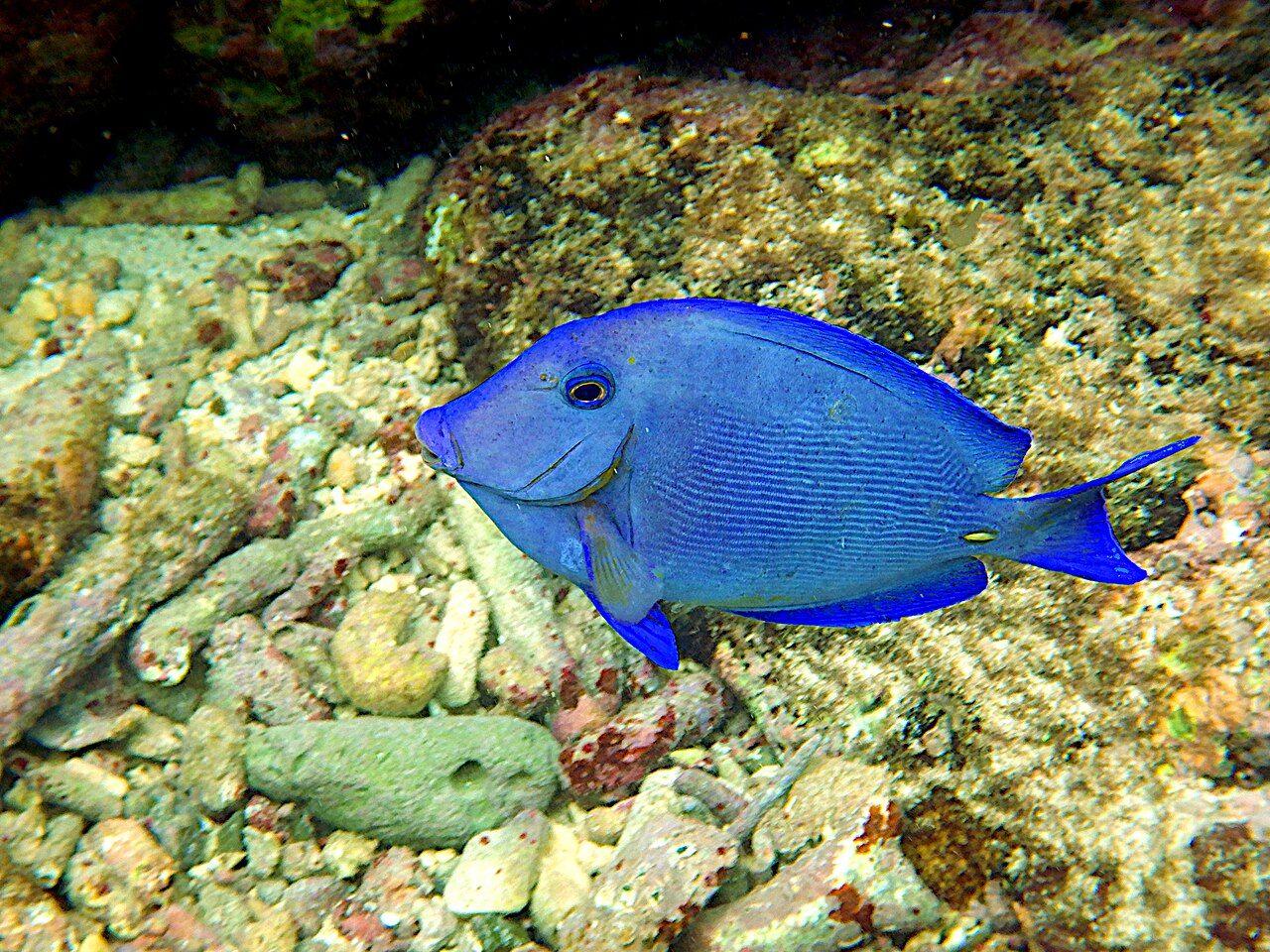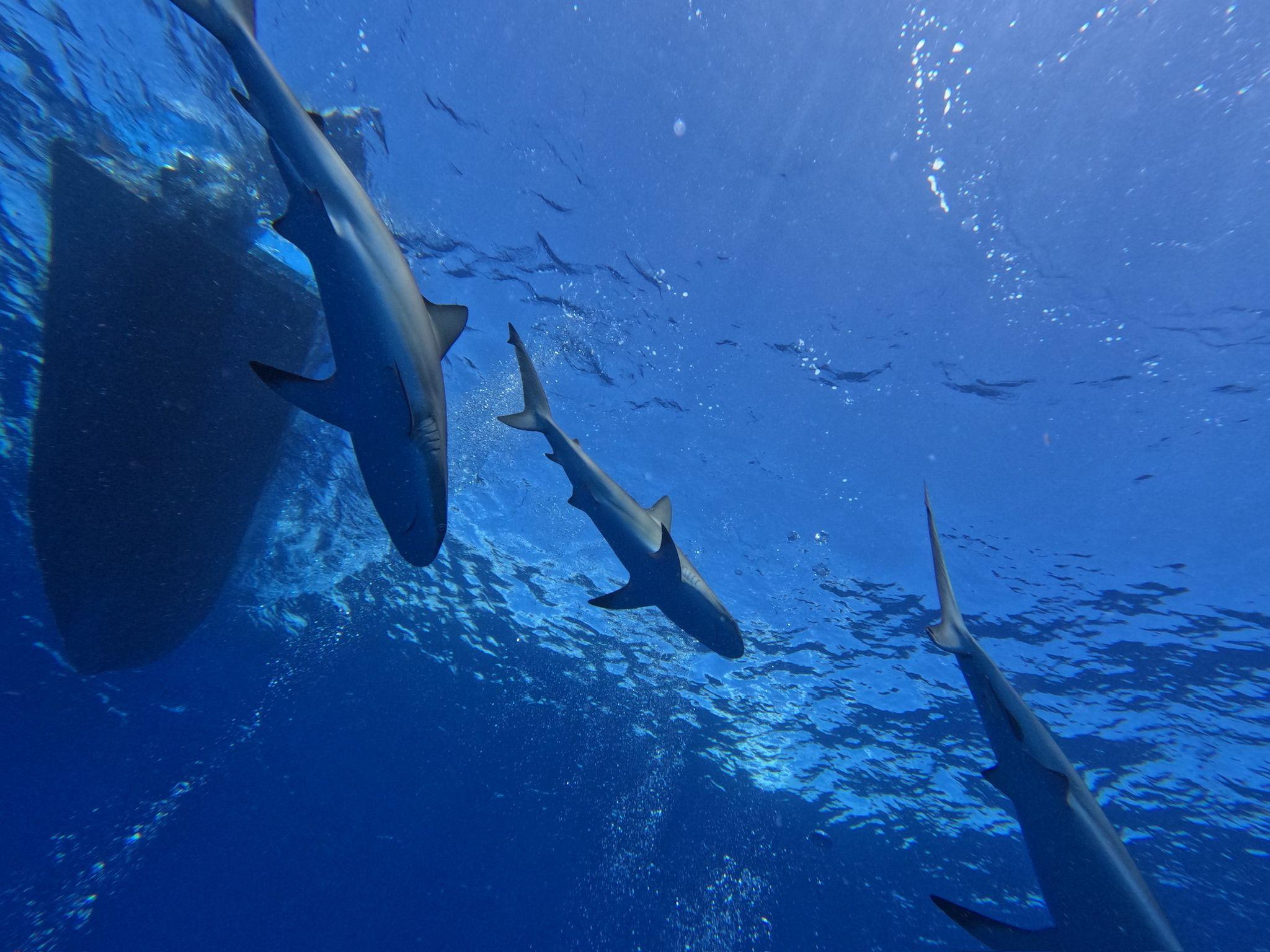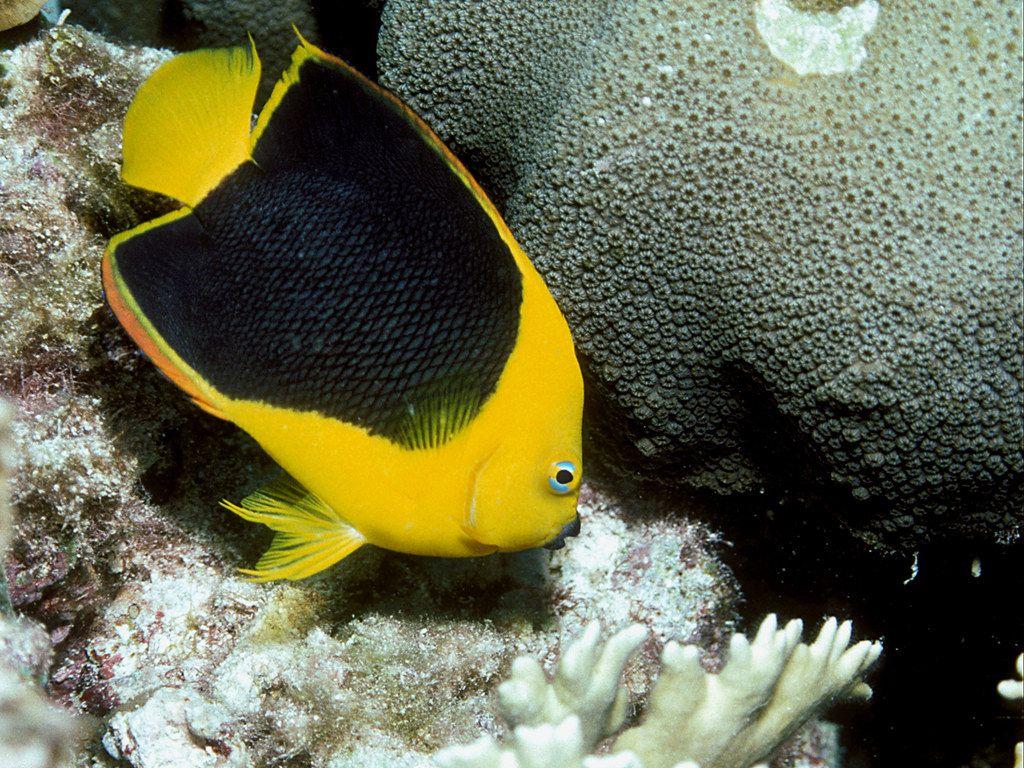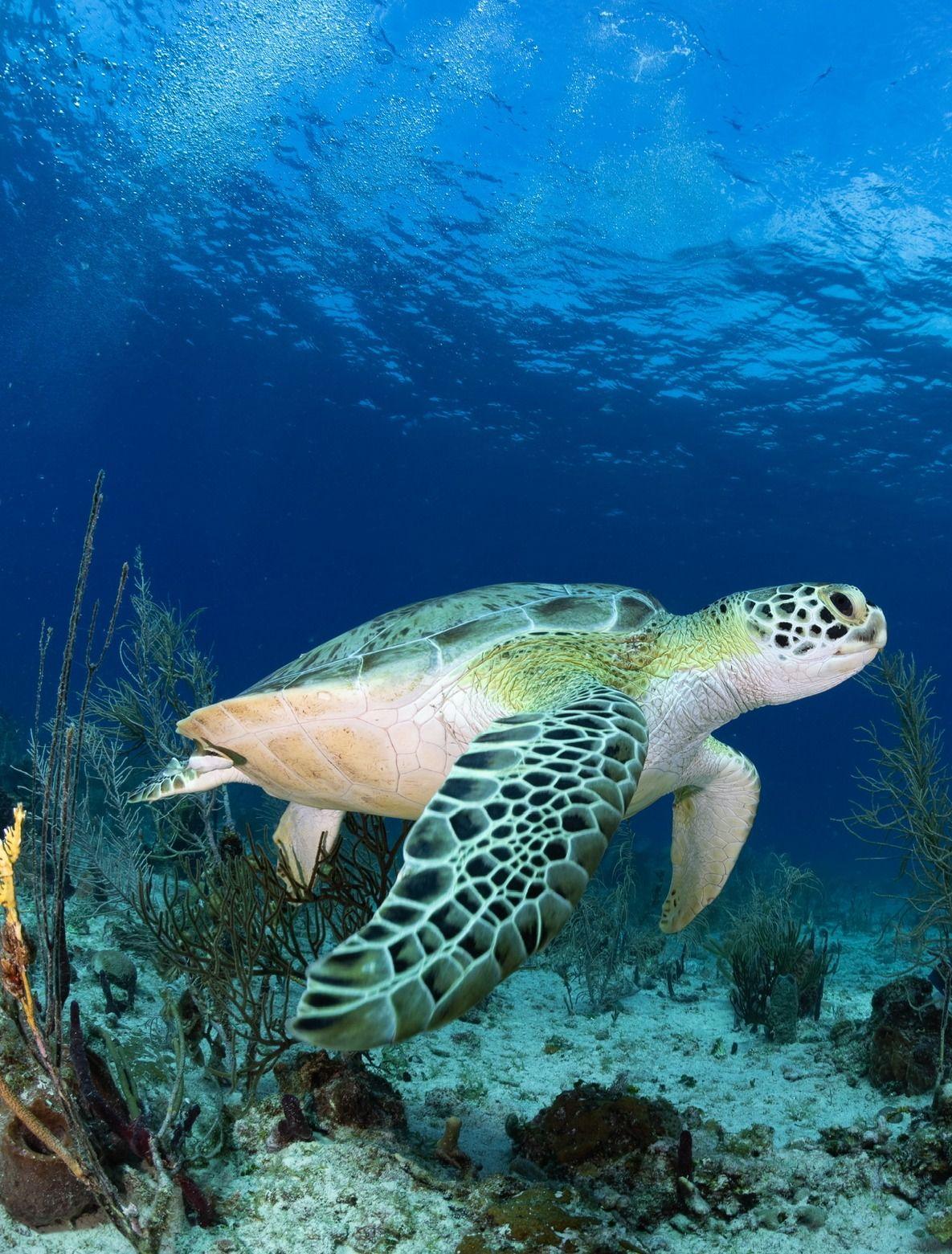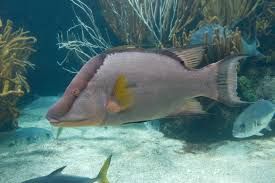

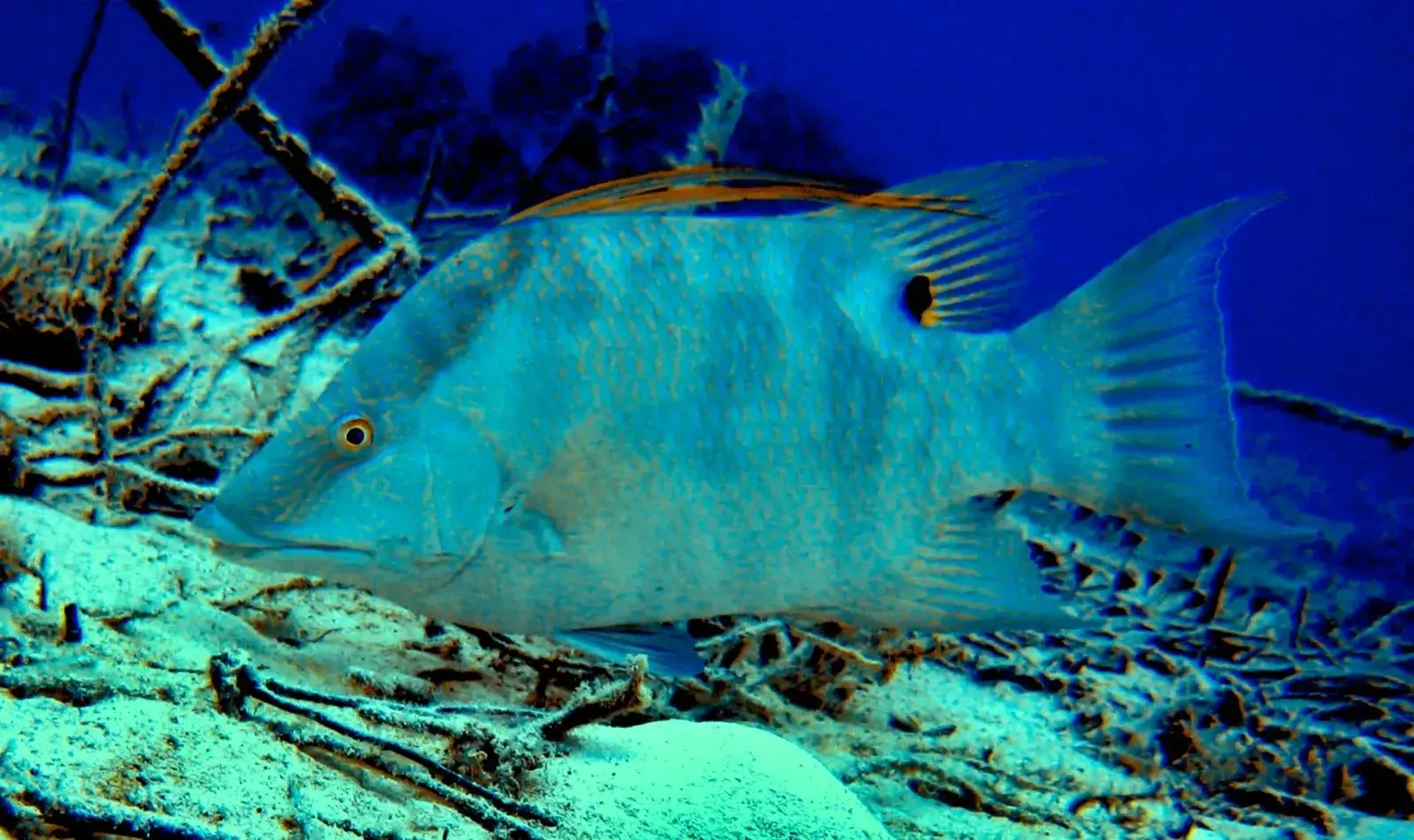
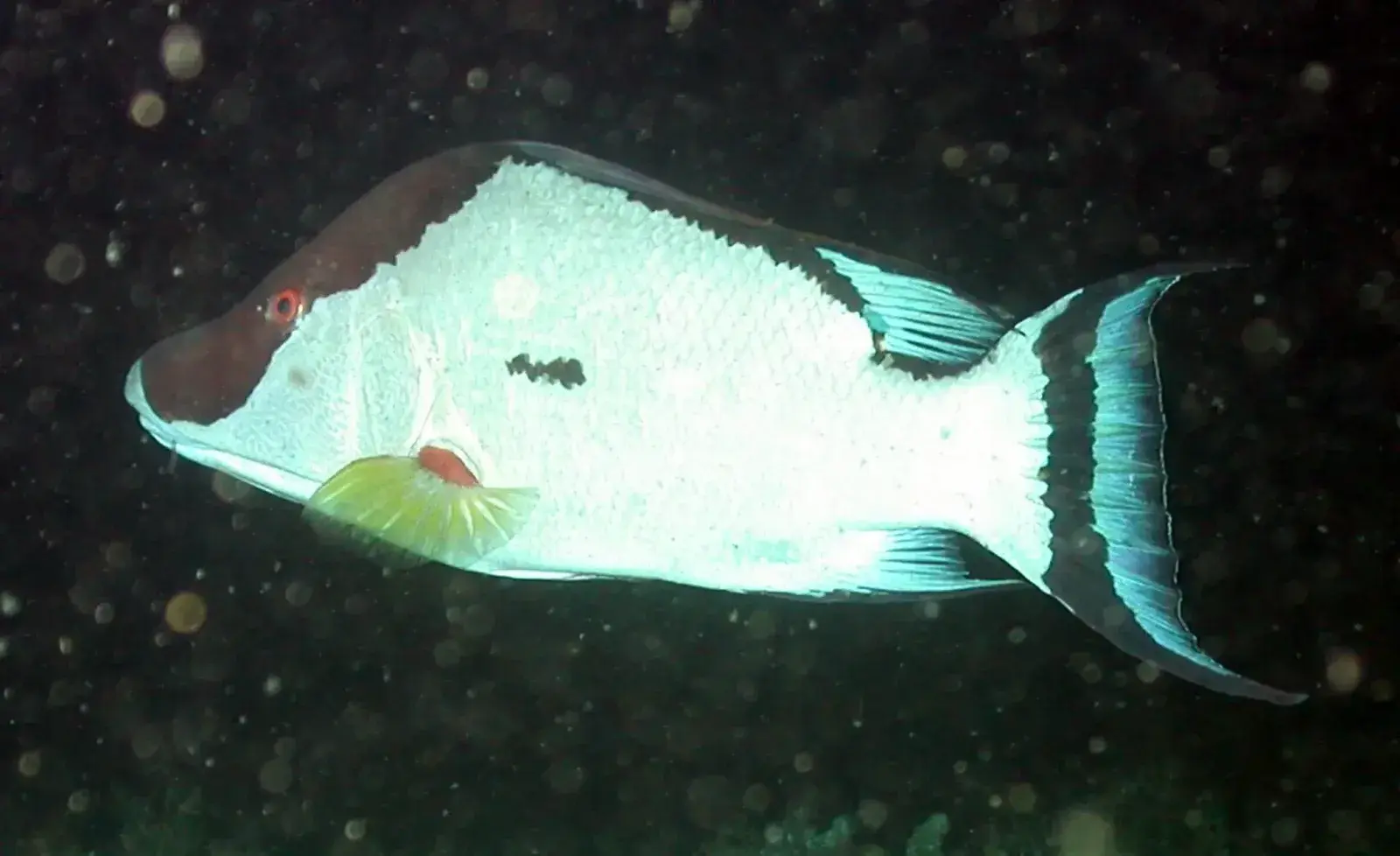
🐽 Hogfish in Punta Cana: The Snouted Specialist of the Reef
Among the vibrant marine life of Punta Cana, few fish are as curious-looking — or as curious in behavior — as the Hogfish (Lachnolaimus maximus). With its long snout, expressive dorsal fin, and unique ability to change color and gender, the hogfish is a favorite among divers and underwater photographers alike.Often spotted foraging near the sea floor or hovering around coral heads, hogfish are not only fascinating biologically — they also play an important role in reef ecology.
🐷 Why It’s Called “Hogfish”
The name hogfish comes from their pig-like snout, which they use to root through sand and rubble in search of food. Their protruding mouth allows them to dig and snatch up small crustaceans hiding beneath the surface. Watching one feed is like watching a reef piglet go to work — busy, persistent, and totally unique.
🎨 How to Identify a Hogfish
Hogfish go through different phases depending on their age and sex, but common traits include:
- A long, pointed snout (very pig-like)
- A large, sail-like dorsal fin
- Reddish to pinkish body with faded bars
- Small black spot behind the pectoral fin (especially visible in juveniles)
They can grow up to 90 cm (3 feet) in length, although most you’ll see around Punta Cana are smaller.
⚖️ Gender-Bending Fish
One of the coolest facts about hogfish? They’re protogynous hermaphrodites — meaning they start life as females and can change into males later. Usually, the dominant female in a group becomes male when the group lacks one. This is a natural process that ensures balance within hogfish populations.
🍤 What They Eat
Hogfish are carnivores with a preference for:
- Crabs and shrimp
- Mollusks (like clams)
- Sea urchins
- Small benthic invertebrates
Their snout allows them to stir up prey buried in sand or tucked between rocks.
🌊 Where to Spot Hogfish in Punta Cana
Look for hogfish:
- Foraging on sandy bottoms near coral patches
- In shallower reef zones around Cabeza de Toro
- Occasionally on dive wrecks like the Monica or Astron
They’re solitary feeders and usually seen alone or in small groups, often swimming close to the reef.
📸 Photography Tip
Because hogfish are less shy than many reef fish, you can often get close for photos. Try to approach slowly from the side and capture the moment they dip their snout into the sand — it’s classic hogfish behavior.
💙 Why We Love Hogfish at Grand Bay of the Sea
The hogfish is one of those creatures that surprises every diver. It’s not flashy like an angelfish or fast like a barracuda — but it’s full of personality, incredibly adaptive, and oddly charming. We love introducing guests to this “underdog” of the reef and explaining its role in keeping the ecosystem balanced.If you’re diving in Punta Cana, keep your eyes peeled for that unmistakable snout and lazy rooting motion near the seafloor. That’s your hogfish moment!

